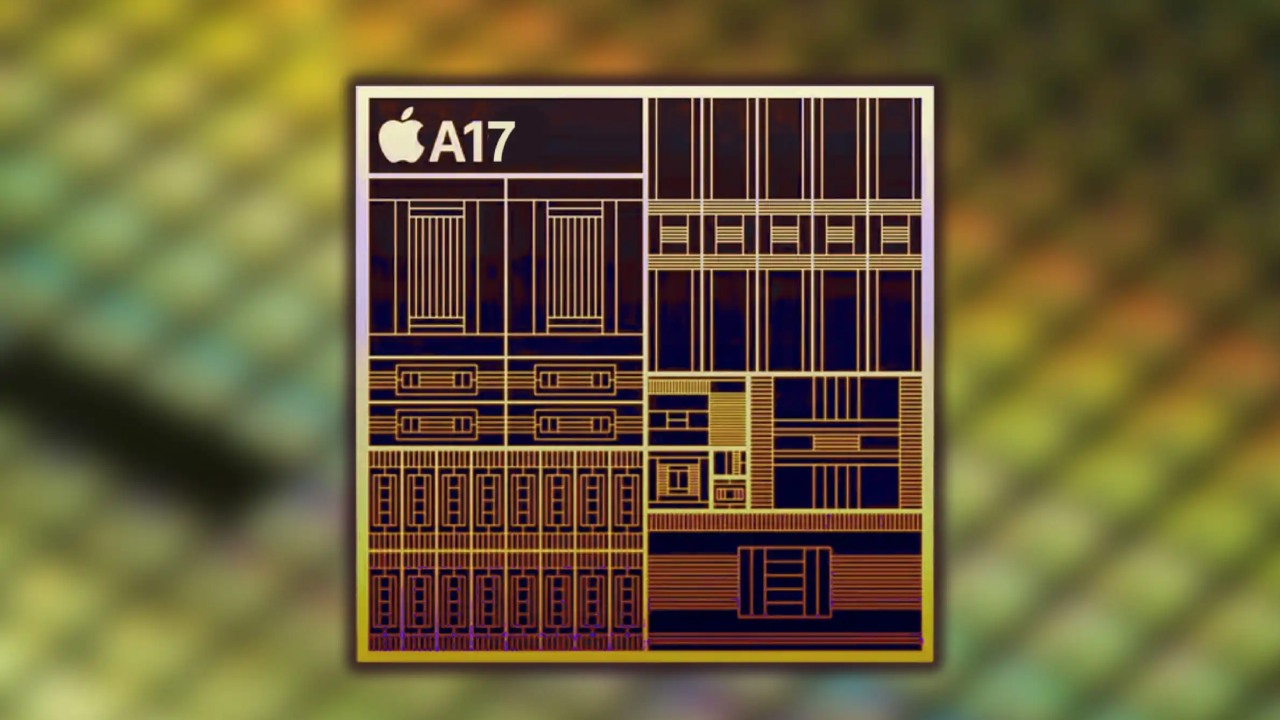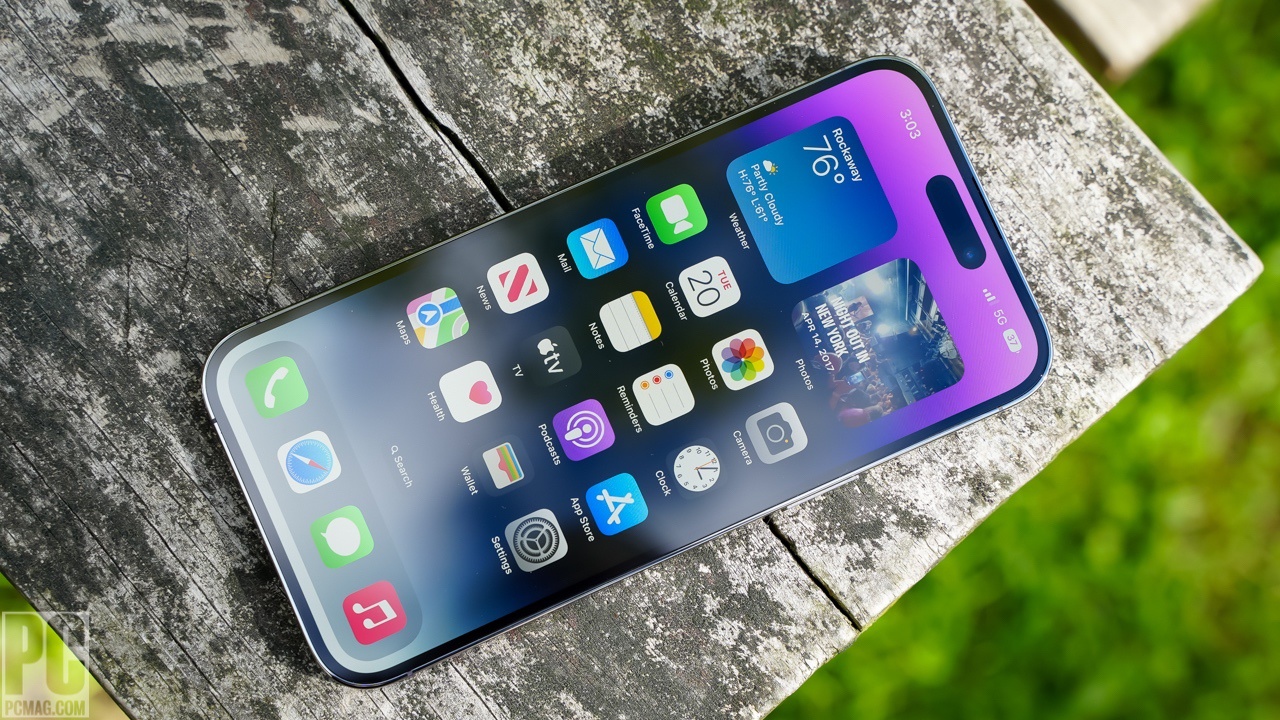The iPhone 15 series will be introduced later this year, and recent leaks have shed light on the A17 Bionic processor that will power these devices. The iPhone 15 and iPhone 16 will feature the A17 Bionic chipset built on TSMC’s 3nm architecture. Apple is trying new ways to reduce the cost of this processor and increase its energy efficiency.
Apple changes processor architecture with A17 Bionic to cut costs
The iPhone 15 Pro models seem to be powered by the A17 Bionic chipset produced with TSMC’s N3B technology. The N3B architecture, on the other hand, focuses primarily on optimizing performance. The N3B architecture, which emphasizes performance, will make the iPhone 15 Pro series up to 20 percent faster.

The next models will be produced with TSMC’s N3E process. This architecture is known for being energy oriented and prioritizes power consumption control over performance. It also reduces the size of SRAM in the processor, ensuring efficient use of space inside the device.
Earlier reports leaked the A17 Bionic performance. Accordingly, Apple will double its performance with the newly developed A17 Bionic processor. The processor, whose GeekBench score was leaked, managed to reach 3,986 points in single core tests. Compared to the A16 Bionic processor, it showed a 60 percent increase in single-core performance.
These processors, which will first be included in the iPhone 15 Pro and iPhone 15 Pro Max, will offer users a more powerful performance. However, the transition to the N3E architecture with the iPhone 16 series will enable Apple to be assertive about energy.

So what do you think about this subject? You can share your views with us in the comments section.